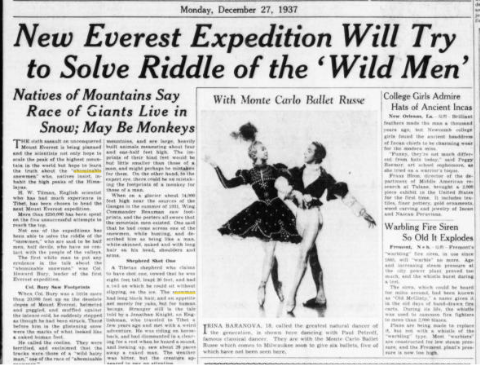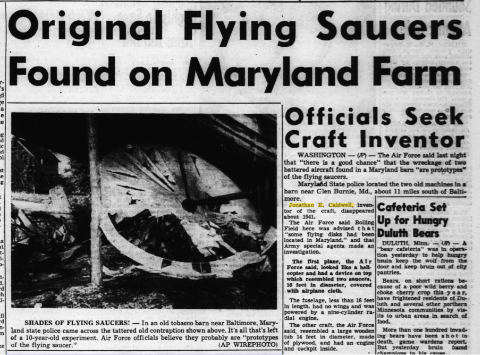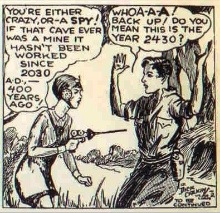Someday, all the deceased extras that played ooky revenants in “Night of the Living Dead” will ungrave for real and you’ll be subjected to blog post after blog post comparing pictures of the actors’ actual shambling undead remains to screenshots of them in zombie make-up. Until then, here’s something to fill the space. (Your hellish zombie apocalypse will be Weird Things’ tacky media renaissance.)
Be Your Own Pet – “Zombie Graveyard Party!”
Known for referencing elementary school apocrypha like Creepy Crawlers and Super Soakers, defunct indie punk outfit Be Your Own Pet could always be counted on for catchy, energetic pop songs that successfully walked the line between twee irony and hyperactive sass. This song from 2008’s “Get Awkward” bemoans the lameness of love while endorsing two kid-tested, Fulci-approved alternatives – brain eating and graveyard partying.
Harry Belafonte – “Zombie Jamboree (Back to Back)”
Written by the otherwise-unknown Conrad Eugene Mauge Jr., this modern calypso standard is the rum-drenched, Caribbean foil to “Zombie Graveyard Party!”’s undead suburban kegger. This version is notable for being the only recording of the song approved by the AMA for testing cadaver booty response.
Jonathan Coulton – “Re: Your Brains”
With songs featured everywhere from Popular Science to John Hodgman audiobooks, Coulton is an unstoppable force of sheer melodic nerdiness. Presented as a memo and steeped in the buzz word-laden idiom of corporate bureaucracy, his tribute to the undead equates a mindless legion of walking corpses to impotent capitalist drones and their empty, abbreviated business vernacular. But, like, in a funny way.
Sufjan Stevens – “They Are Night Zombies!! They Are Neighbors!! They Have Come Back from the Dead!! Ahhhh!”
The music on Stevens’ undeniably wonderful, but relentlessly hyped, album “Illinois” ranges from cartoonish to macabre. This spookier, word-count-devastating track is less concerned with actual zombies than with the stumbling, ghoulish remains of a once-vital American landscape and its assimilation into modern homogeneity. It’s also still fairly concerned with actual zombies.
Fela Kuti & Africa ‘70 – “Zombie”
Political activist and pioneer of the afrobeat movement, Fela Kuti often used the latter descriptor to fill the responsibilities of the former. His two-song album “Zombie” employed the image of easily manipulated voodoo zombies to deliver a scathing, uncompromisingly funky critique of the Nigerian army. Interestingly, the album’s unofficial sequel, “Mothman,” offered a rump-jiggling screed against voodoo.






















